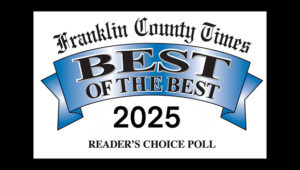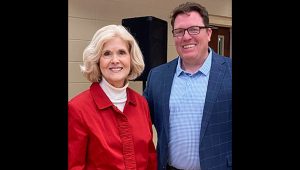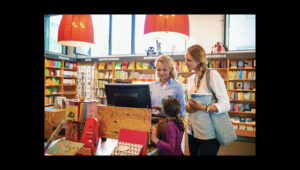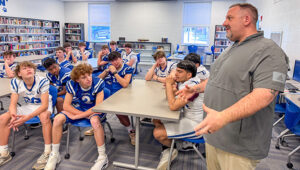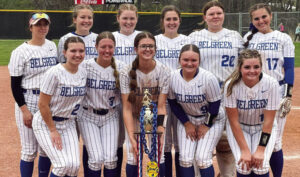Avoid invasive species; promote native plants
We Say
Although many plants may be attractive, that doesn’t mean they are all good choices for planting where we live.
The Alabama Cooperative Extension Services website, aces. edu, explains biodiversity depends on native plants, and the United States Department of Agriculture defines biodiversity as “the variation among living organisms and the ecological complexes of which they are a part.”
Why is biodiversity important?
Native plants support pollinators, including bees, butterflies, songbirds and beneficial insects. The ACES website further says native plants are plant species that were already growing in Alabama before the European settlers arrived.
Native vs. non-native vs. invasive species The Alabama Wildlife Federation’s website, alabamawildlife. org, states Alabama is one of the most diverse states for native plant species – what they explain as species that naturally exist in a specific region. The site defines species that have been introduced to a new area either by accident or on purpose as non-native species, further specifying that an invasive plant is “a non-native species that aggressively reproduces and invades native plant communities, negatively impacting local habitats and ecosystems.”
The Land Trust of North Alabama website, landtrustal.org, states 34 percent of plants in the United States are at risk of extinction. The site goes on to say it is “more important than ever to begin reconsidering how important our own backyard or neighborhood is to fighting the biodiversity crisis.”
The site promotes encouraging change at the local and individual levels “by providing safe havens for plants and wildlife at home – by growing native plants and creating habitat in our communities,” noting “each backyard and native plant garden then acts as a stepping stone for plants, birds and animals to thrive.”
Plant Alabama (plantsomethingalabama. com), is part of a national initiative to encourage more planting. On their website, they explain that native plants matters because plants native to a local region will have adapted over the course of time, usually resulting in more resistance to pests and diseases, lower water needs, less need for extra care compared to exotic species and a higher tolerance of climate conditions.
They suggest consulting a local garden center to find out what will grow well where you are and provide the most benefits. They also encourage checking the Audubon Native Plant Database (audobon.org) and putting in your zip code to find out the native plants for where you are.
While it may initially feel overwhelming to do the work necessary to take these matters into consideration, we recommend just starting somewhere and learning as you go. Piece by piece, we can all learn more and make more informed choices as we decide what to plant, keep or cull from our backyards and gardens. It’s worth the effort involved, and we all have the power to make a difference. Together, we can do so much more.






